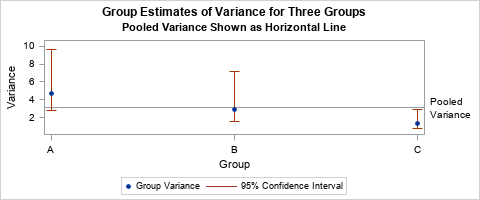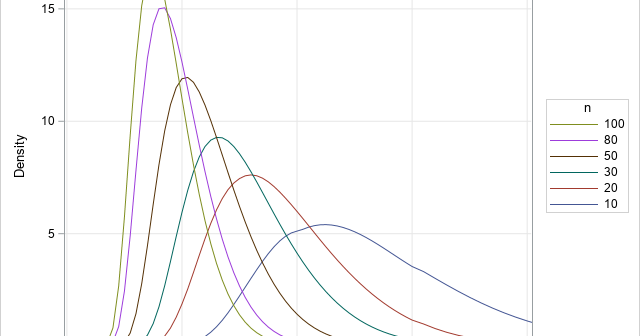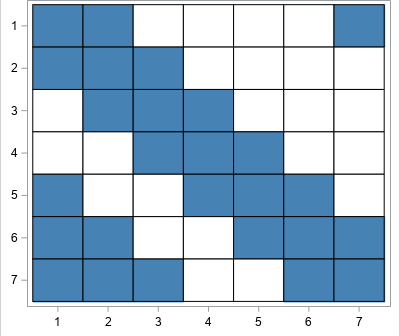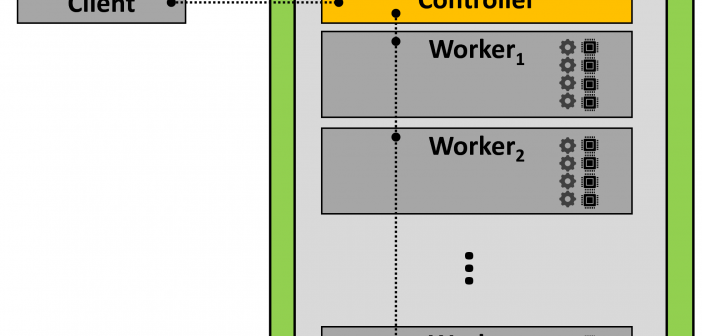The DO Loop
Statistical programming in SAS with an emphasis on SAS/IML programs
The first time I saw a formula for the pooled variance, I was quite confused. It looked like Frankenstein's monster, assembled from bits and pieces of other quantities and brought to life by a madman. However, the pooled variance does not have to be a confusing monstrosity. The verb "to

If you have ever run a Kolmogorov-Smirnov test for normality, you have encountered the Kolmogorov D statistic. The Kolmogorov D statistic is used to assess whether a random sample was drawn from a specified distribution. Although it is frequently used to test for normality, the statistic is "distribution free" in

Sometimes in matrix computations, it is important to display the nonzero elements of a matrix. This can be useful for visualizing the structure of a sparse matrix (one that has many zeros) and it is also useful when describing a matrix algorithm (such as Gaussian elimination) that introduces zeros at

A previous article shows how to use the iml action to read a CAS data table into an IML matrix. This article shows how to write a CAS table from data in an IML matrix. You can read an overview of the iml action, which was introduced in SAS Viya

A previous article compares a SAS/IML program that runs in PROC IML to the same program that runs in the iml action. (You can read an overview of the iml action.) The example in the previous article was very simple and did not read or write data. This article compares

A previous article provides an introduction and overview of the iml action, which is available in SAS Viya 3.5. The article compares the iml action to PROC IML and states that most PROC IML programs can be modified to run in the iml action. This article takes a closer look
